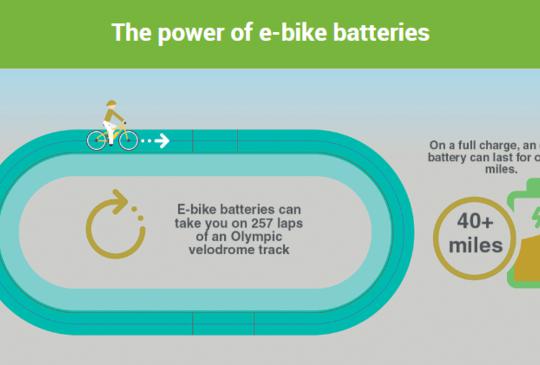Comprehending E-Bike : A Novice'S Handbook For Your City

Write-Up By-Nyholm Hebert
Before you hop on your e-bike and struck the streets, it's essential to comprehend the laws and guidelines that regulate your city. From rate limitations to assigned riding locations, there's a lot to think about to ensure you're compliant and safe. By acquainting yourself with the regulations particular to e-bikes, you'll be better furnished to appreciate your trips without any unexpected lawful issues. Stay tuned to uncover essential insights that will assist you navigate the e-bike landscape in your city flawlessly.
Recognizing E-Bike Category
When it involves navigating the world of e-bike legislations and guidelines, a vital starting factor is comprehending the classification system that classifies these electrical bikes. E-bikes are generally categorized into three main classifications: Course 1, Class 2, and Class 3.
Class 1 e-bikes are pedal-assist only, meaning they supply aid while the biker is pedaling and have a maximum speed of 20 miles per hour. These bikes are allowed areas where typical bicycles are permitted.
Class 2 e-bikes are geared up with a throttle that can move the bike without pedaling. click this site have a maximum speed of 20 mph and appropriate for cyclists that might require assistance without pedaling constantly.
Course 3 e-bikes are similar to Course 1 yet with a greater maximum speed of 28 miles per hour. These bikes are frequently limited from certain bike courses or tracks as a result of their higher rates.
Recognizing these classifications is important for abiding by regional policies and making sure a safe and pleasurable e-biking experience.
Navigating Rate Restrictions and Constraints
To successfully browse e-bike legislations and laws, it's critical to comprehend the speed limits and restrictions that relate to various classes of electric bicycles.
Speed limitations for e-bikes vary depending on the category of the bike. Class 1 e-bikes, which are pedal-assist just and have a maximum speed of 20 miles per hour, are typically permitted on bike lanes and courses.
Course 2 e-bikes, which have a throttle along with pedal-assist and additionally reach speeds of up to 20 mph, might be limited in certain areas where motorized vehicles aren't permitted.
Course 3 e-bikes, with pedal-assist as much as 28 mph, are usually called for to comply with the exact same guidelines as standard bikes.
It is essential to comply with these speed limits and constraints to ensure your safety and the safety and security of others when traveling. Prior to riding https://ebiketips.road.cc/content/reviews/single-speed-leisure-e-bike/mirider-24-5399 -bike, familiarize yourself with the specific guidelines in your city to prevent any kind of possible fines or lawful issues.
Where to Experience Your E-Bike
To identify where you can ride your e-bike, it's necessary to recognize the policies and guidelines particular to your location. In many locations, e-bikes are usually allowed on roadways and streets where traditional bikes are permitted. This might consist of bike lanes, bike courses, and shared roads. However, it's vital to examine neighborhood laws as some cities might have particular limitations on where e-bikes can be ridden.
When riding your e-bike, always prioritize security by following web traffic rules and appreciating pedestrian sidewalks. In addition, bear in mind any type of designated bike lanes or paths in your area and use them whenever possible to make certain a smoother and much safer adventure.
Some cities likewise have regulations regarding e-bike usage on walkways, so make sure to acquaint on your own with these policies to avoid any type of fines or charges.
Conclusion
Since you recognize with the laws and policies surrounding e-bikes in your city, you can confidently hit the road recognizing where you can ride and what restrictions apply to your e-bike classification. Remember to constantly prioritize security and adhere to the rules to make sure a smooth and legal experience. Happy riding!

